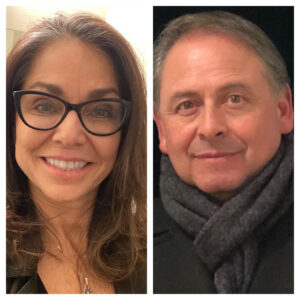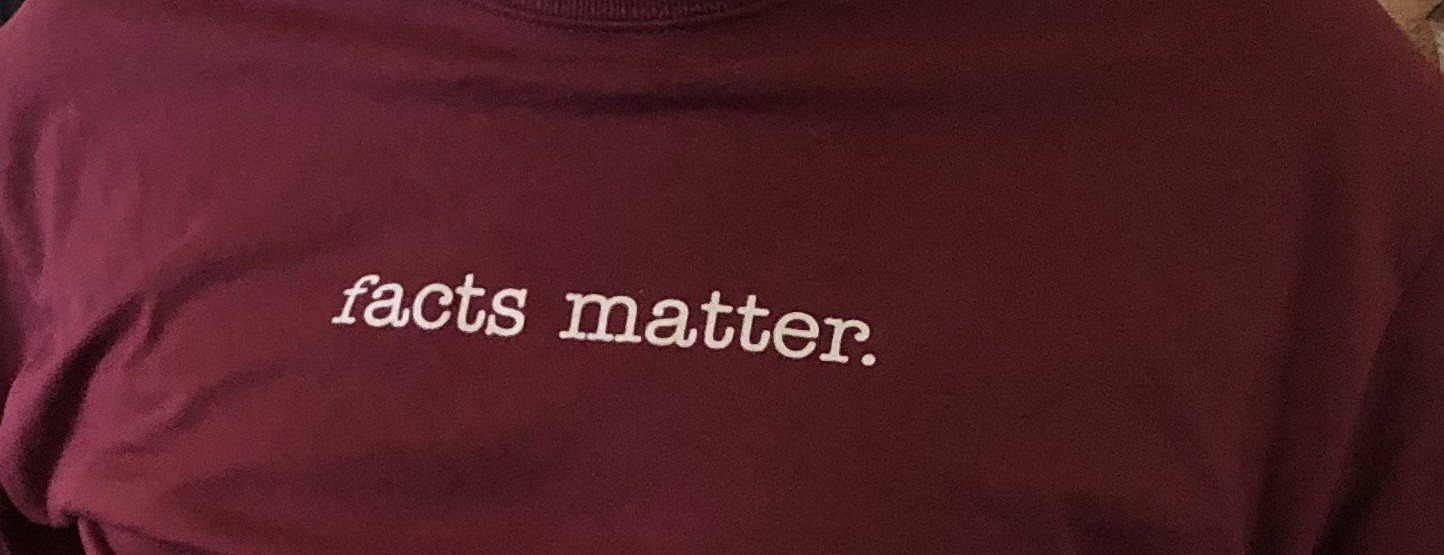
See our coverage of the May 5, 2020, webinar, along with resources on the subject, below. To view it on YouTube, here is a link.
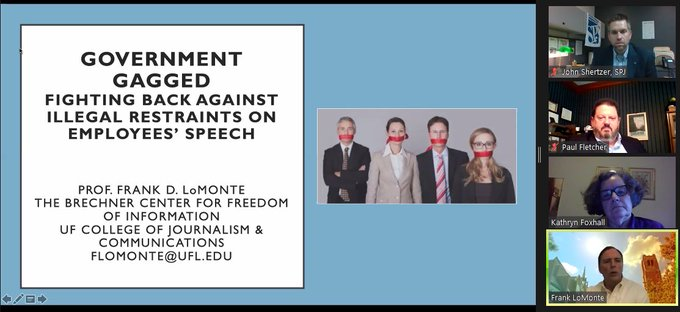
Listening to the May 5 webinar, SPJ DC Pro Immediate Past Chapter President Jonathan Make tweeted coverage from it in progress. Here are some of his tweets (and screen grabs):
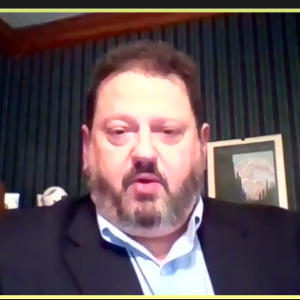
@makejdm·May 5 stay at home orders make news gathering more complex, @paulfletcher tells @spj_tweets. plus, $-wise, #COVIDー19 ‘hitting the newspaper industry very hard.’
re not letting a crisis go to waste, some gov’t PR people using #COVIDー19 to make it harder for media to get access to officials, @paulfletcher tells @spj_tweets.
there are more gov’t spokespeople than journalists covering public officials, @paulfletcher tells @spj_tweets. PR people outnumber journalists 6-1, @muckrack finds.
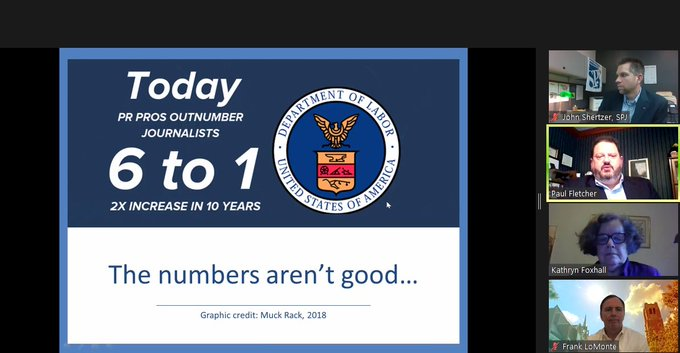
‘shutdown from information’ from the top of Trump administration is ‘fear driven,’ @paulfletcher tells @spj_tweets.
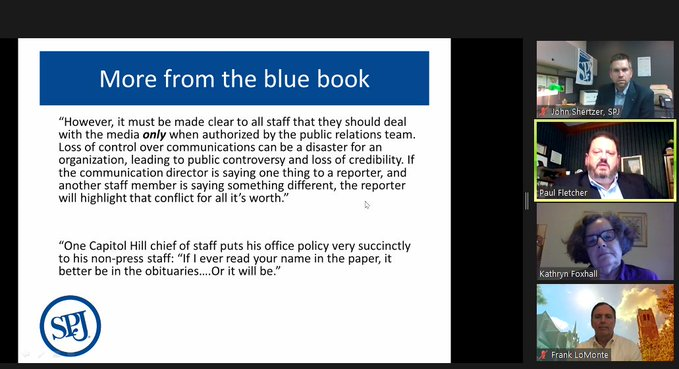
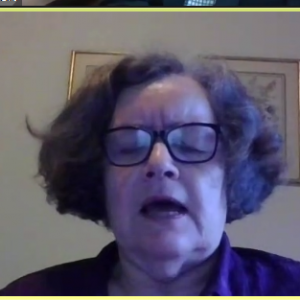
gov’t spokespeople as gatekeepers ‘has become a cultural norm, huge censorship all over the country,’ @SPJDC‘s @KathF tells @spj_tweets. she thinks #COVIDー19 might have been lessened w/o this.
gov’t censorship by spokesperson isn’t ‘a state of nature’ though it’s become the norm, @BrechnerCenter‘s @FrankLoMonte tells @spj_tweets. cites ‘heavy handed gov’t gatekeeping.’
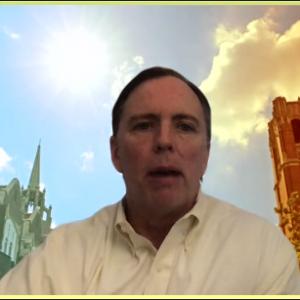
journalists at organizations of all sorts have gov’t spokespeople censorship as a top concern, @FrankLoMonte tells @spj_tweets.
Frank LoMonte is director of the Brechner Center for Freedom of Information, which started the Government Gagged Project, which states:
“The growth of the ‘Public Relations State’ has led to heavy-handed controls on employee speech, cutting off the public’s access to the most knowledgeable experts, as government agencies prioritize image over accountability. It’s both illegal and wrong for agencies to claim total control over what their employees say and to threaten would-be whistleblowers into silence.”
See more information about the Government Gagged Project here.
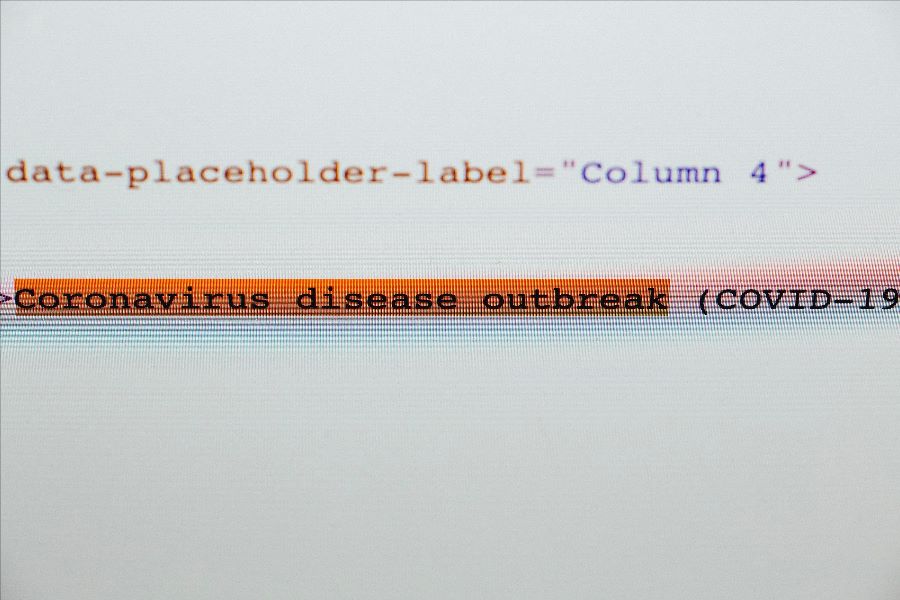
Censorship by PIO:
… it’s getting worse and it’s causing harm, especially in this time of a pandemic.
— from the ‘Clearing the Fog’ transcript, Margaret Flowers
How public is public information? How can reporters and editors deal with public information officers, and others, who put barriers between the audience and primary sources?
The national office of the Society of Professional Journalists put together a panel to give reporters practical information on how to deal with this issue.
Join
- Paul Fletcher, past national SPJ president, SPJ Freedom of Information Committee chair, publisher of Virginia Lawyers Weekly
- Frank LoMonte, chapter member, former investigative reporter, past executive director of the Student Press Law Center, current director of the Brechner Center for Freedom of Information at the University of Florida
- Kathryn Foxhall, chapter recording secretary, veteran food and health reporter in Washington, D.C., member of Freedom of Information Committees on national SPJ level and the National Press Club, and vocal opponent of the “Censorship by PIO” policy in federal, state and local governments dealing with the media
May 5, 2020, at 2 p.m. EDT
Register here: Getting Past Reporting Roadblocks in the Time of COVID-19
Resources on this issue:
• Washington Post media columnist Margaret Sullivan wrote a piece on the PIO/media relations controls. She cites reporters’ memories of covering agencies over the last two to three decades: “Direct contact was minimized and tightly monitored. Interviews might take place with a public-relations ‘minder’ present.”
• A Columbia Journalism Review article connects the long history of these controls with current circumstances, with among other things, the Centers for Disease Control and Prevention being terrifyingly absent from public view.
• Editorial in MedPage Today: “You Think China Has A COVID-19 Censorship Problem? We Aren’t Much Better.”
• Radio interview on “Clearing the Fog,” April 6. “Another Method of Censorship: Media Minders.” Media Minders portion of the show begins at about the 32:54 minute mark. The site includes a transcript.*
• National SPJ’s website on the issue gives background. SPJ, along with other journalism and open government groups, has been speaking out against the controls for a decade.
*From the ‘Clearing the Fog’ transcript:
Margaret Flowers: So this week we interviewed Kathryn Foxhall. She is a longtime journalist and she’s with the Society of Professional Journalists.
Kevin Zeese: Yeah, and she is very interesting. We’re all so concerned about censorship of the media and the manipulation of what we’re told, and we worried about the algorithms on Facebook and on Google and whistleblowers and corporate influence but this is an interesting angle that has existed for a while, but not a lot of people have heard about it.
Margaret Flowers: And it’s getting worse and it’s causing harm, especially in this time of a pandemic.

